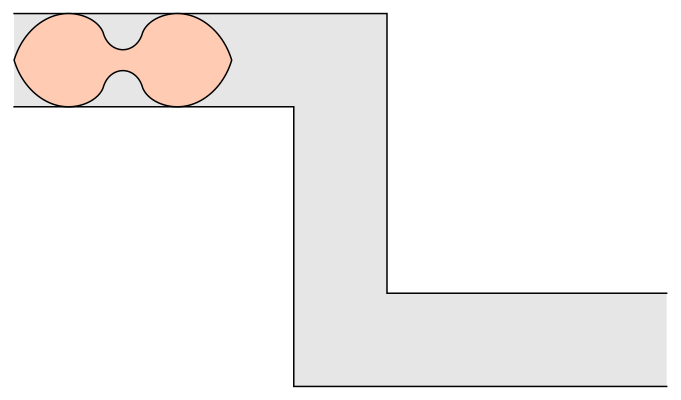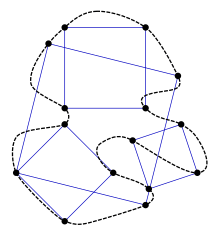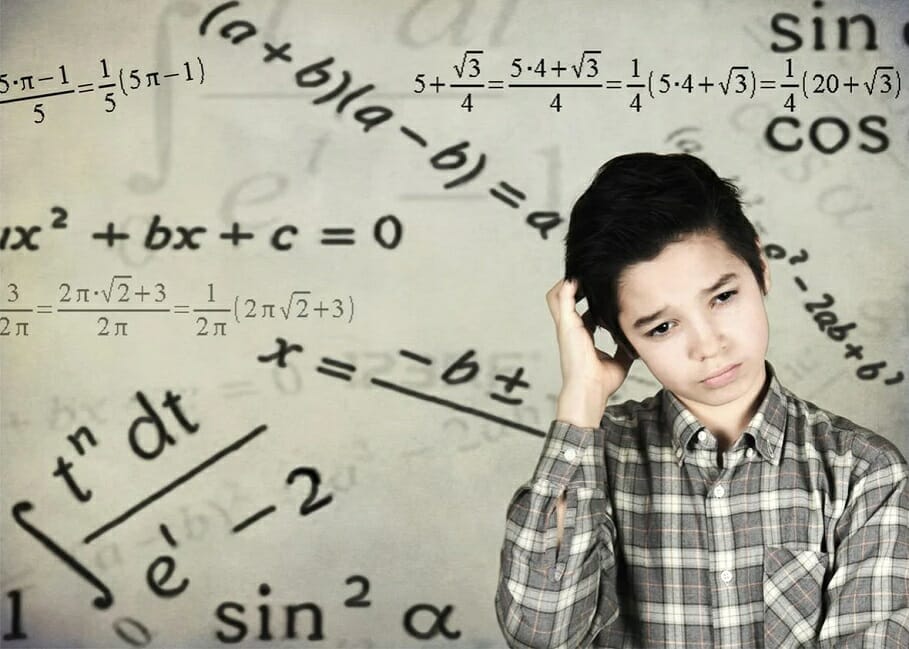Mathematics Problems
Mathematics get very complicated, even for those with awesome engineering skills. They say every mathematics problem has an answer, but there are still mathematical mysteries that are waiting to be solved.
Here are 5 mathematics problems that anyone could understand but no one can solve—yet.

Collatz Conjecture
Choose any number. If you choose an even number, divide it by 2. If it’s odd, multiply it by 3 then add one. Repeat the same process with the resulting new number. If you keep going, you’ll eventually end up at 1. Every freakin’ time.

Many mathematicians have tried millions of numbers, but never found a single one that doesn’t end up at 1 in the end.
It may be possible there is some really big number that goes to infinity instead, or maybe a number that continuously gets stuck in a loop and never reaches one. But no one has been able to prove that yet.

Moving Sofa Problem

Source: UC Davis
Let’s say you’re moving into your new apartment, and you’re going to bring in your sofa. Unfortunately the hallway turns and you’ll have to fit your sofa around that corner.
Small sofa’s could fit, but large ones will surely get stuck. Any engineer or mathematician would compute, “What could be the largest sofa I could fit in that corner? Could it be a sofa of any shape?”

Here is the moving sofa problem: Imagine a 2-dimensional space. The corner is a 90-degree angle, and the width of the corridor is 1. What is the largest 2-dimensional area that can fit around the corner?
They call the largest area that can fit around a corner is called, the sofa constant. Nope, I’m not kidding. That’s really what it’s called. No one is really sure how big it is or what shape it is. The sofa constant has to be between 2.2195 and 2.8284

Perfect Cuboid Problem

Source: Wikimedia
I’m sure every engineer knows the Pythagorean Theorem, A^2 + B^2 = C^2. These three letters correspond to the three sides of a right triangle. In three dimensions, there are four numbers. In the image, they are labelled as A, B, C, and G. The first three are the dimensions of a box, and G is the diagonal that runs from one of the top corners to the opposite bottom corner.

Just like some triangles where all three sides are whole numbers, there are also some boxes where all the three sides and the spatial diagonal (A, B, C, and G) are whole numbers. However, there are also three more diagonals on the three surfaces (D, E, and F). Here is the question, can there be a box where all seven of these lengths are integers?

To find a box where A^2 + B^2 + C^2 = G^2, and where all seven numbers are integers. This is what they call a perfect cuboid. Mathematicians have tried so many possibilities, but no one has still found one that works. But they also haven’t proven if such a box doesn’t exist. So they are still on a search until now.
Inscribed Square Problem

Source: Wikimedia
First, draw a closed loop. It doesn’t necessarily have to be a circle, any shape is fine as long as the loop closes and the loop doesn’t cross itself. You will be able to draw a square inside the loop so that all the four corners of the square are touching the loop.
The inscribed square hypothesis says that every closed loop should have an inscribed square wherein all four corners will lie inside the loop.

This has already been solved for other shapes such as triangles and rectangles, but squares are quite the challenge. Mathematicians are still perplexed about this.
Happy Ending Problem


Source: Wikimedia
This problem is called this way because it has led to the marriage of two mathematicians who have worked on this problem—George Szekeres and Esther Klein.
The problem goes this way.

Create five dots at random places on a piece of paper. Assuming the dots are not intentionally arranged—in a line for example—you will always be able to connect four of them to create a convex quadrilateral—a shape with four sides wherein all the corners are less than 180 degrees.
The theorem says that you’ll always be able to create a convex quadrilateral with five random dots, regardless of where they are positioned.

Now let’s move to the five-sided shape, the pentagon. You will be needing nine dots.
For a hexagon, it’s 17 dots. We still do not know what lies beyond that. It is still a mystery how may dot is required to create a heptagon or any larger shapes.
Math Problems
Article Sources












